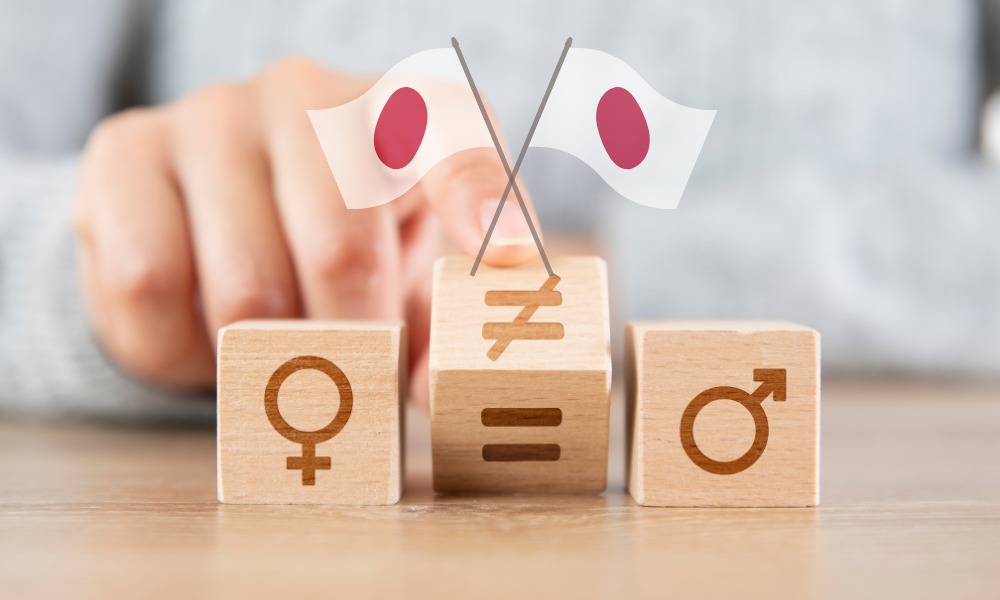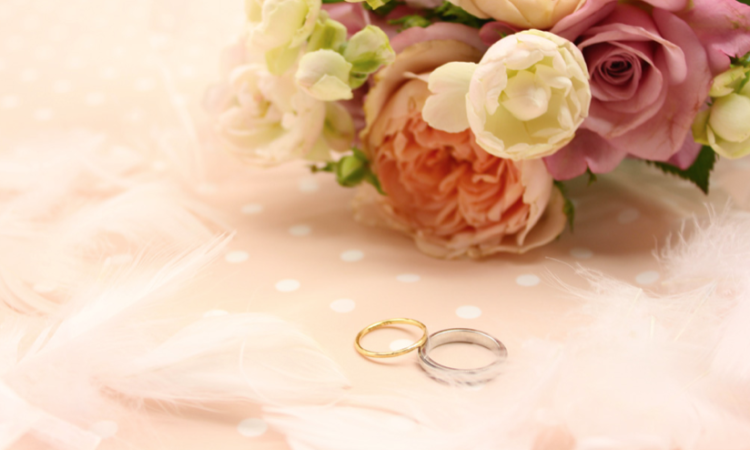The role of women in Japanese history is a complex and multifaceted topic that spans centuries of cultural and social change. From the early Heian period to modern times, women in Japan have played a vital role in shaping the country’s history and culture, despite often facing significant barriers to equality.
Women in the Heian & Kamakura Period
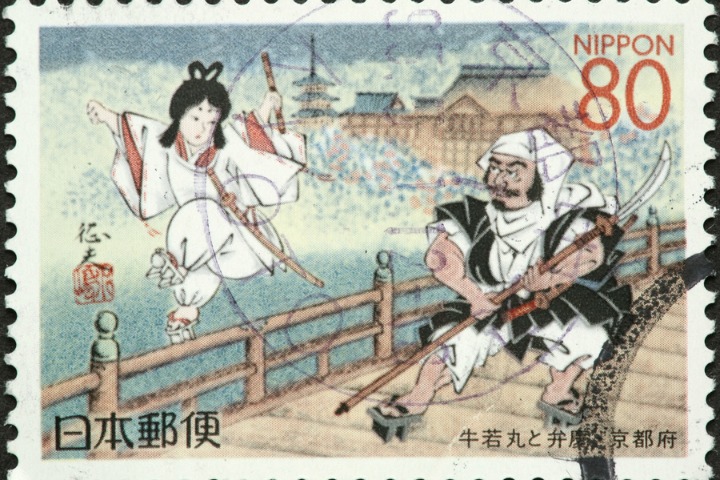
Image credit: Canva
During the Heian period (794-1185), women in Japan enjoyed a degree of freedom and influence that was rare for their time. The aristocratic women of the Heian court were highly educated and skilled in the arts of poetry, calligraphy, and music, and their works have become a cornerstone of Japanese literature and culture.
However, with the rise of the samurai class during the Kamakura period (1185-1333), women’s status in Japan began to decline. The strict codes of honor and discipline that characterized samurai culture placed great emphasis on male strength and bravery, leaving little room for women to participate in public life or contribute to society. Moreover, Confucianism was the way of life for the masses. Hence its patriarchal seeds only flourished more when the samurai culture gained popularity.
Edo Period
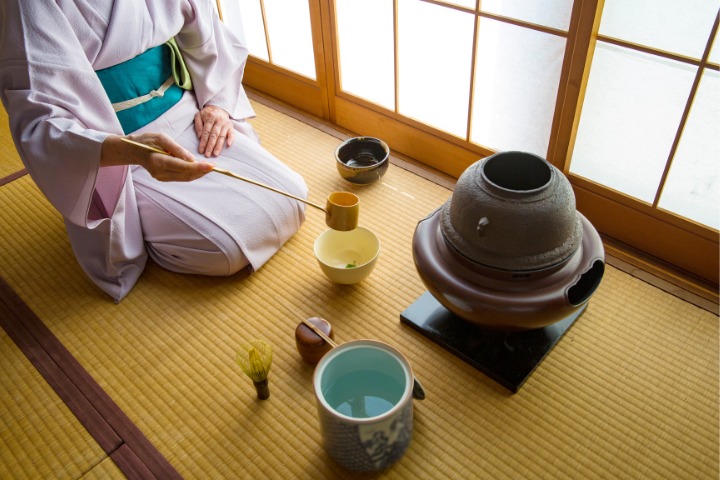
Image credit: Canva
During the Edo period (1603-1868), women in Japan faced even greater restrictions on their activities and opportunities. Under the strict social hierarchy of the time, women were expected to be subservient to men and to focus on domestic duties and childrearing.
However, many women in the Edo period found ways to assert their agency and pursue their interests. Women artists and calligraphers were not uncommon during the period, though their work was primarily influenced and dominated by men’s work. Many women would have to imitate the styles of men and have men as subjects of their art to gain recognition in society.
Others became involved in religious or cultural activities, such as attending tea ceremonies or festivals, allowing them to connect with other women and express their creativity and intelligence in a more private setting.
Meiji Era
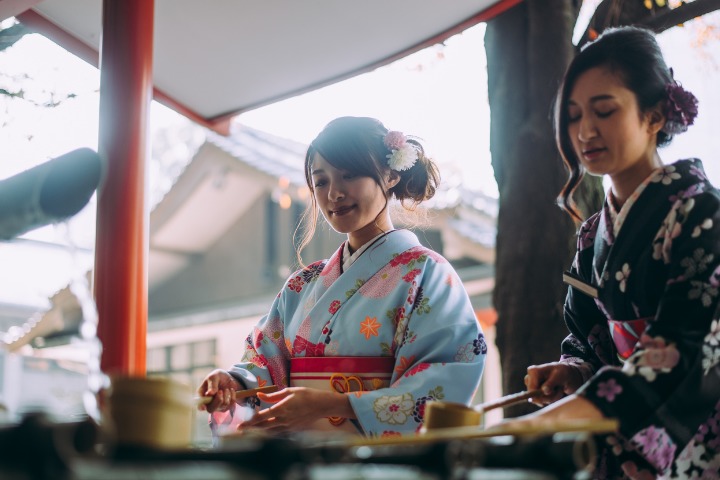
Image credit: Canva
During the Meiji period (1868-1912), a number of influential women played vital roles in modernizing Japan and bringing it into the modern era. One of the most notable of these women was Empress Dowager Shoken, the wife of Emperor Meiji. Empress Shoken was a passionate advocate for women’s rights and education, and she worked tirelessly to promote social reform and modernization throughout Japan.
In the Meiji period, many women played a vital role in the movement toward more significant social and political equality. Women’s education became a priority during this time, with the government establishing schools and universities for girls and young women.
In addition to education, women in the Meiji period were also involved in a number of social and political movements, including the struggle for women’s suffrage and the fight for better working conditions and labor rights.
Women’s Roles in Recent Times
In the 20th century, women in Japan continued to make significant strides toward equality despite facing many obstacles and challenges. During World War II, for example, many Japanese women were conscripted into the workforce and played vital roles in supporting the war effort, even as they faced discrimination and sexism from their male colleagues. However, this was more to do with a shortage of labour during the war rather than an emblem of women’s rights. During the post-war period, women were often relegated to low-paying, low-status jobs and were expected to prioritize their roles as wives and mothers above all else.
In recent years, however, there has been a growing movement towards greater gender equality in Japan. Women have become more vocal and visible in the public sphere, and there has been a push to address issues such as workplace harassment and discrimination. Today, women in Japan continue to push for greater equality and representation in all aspects of society. While progress has been made in areas such as education and employment, much work must be done to address the gender gap in the workplace and other forms of discrimination that women face.
Overall, the role of women in Japanese history is a complex and fascinating topic that reveals the challenges and triumphs of individuals who have been marginalized and undervalued for far too long. Despite their many obstacles, women in Japan have continued to make significant contributions to their society and culture, and their stories serve as a powerful reminder of the resilience and strength of the human spirit.
Related Articles:
- Behind Japan’s Declining Birth Rate: More Women in Education and the Workforce?
- All You Need to Know About the Japanese Emperor
- A Closer Look at Cool Japan
- Hikikomori: A Moral Panic in Japan
Featured image credit: Canva

